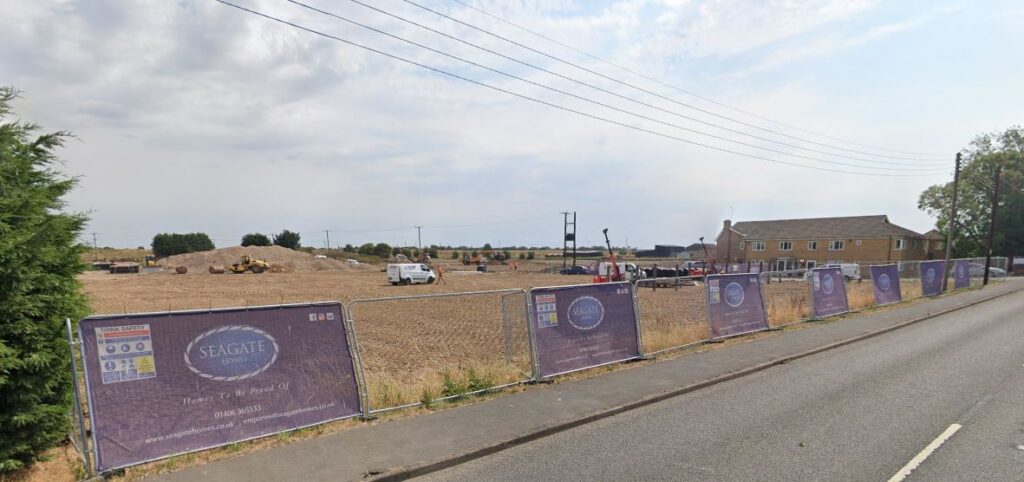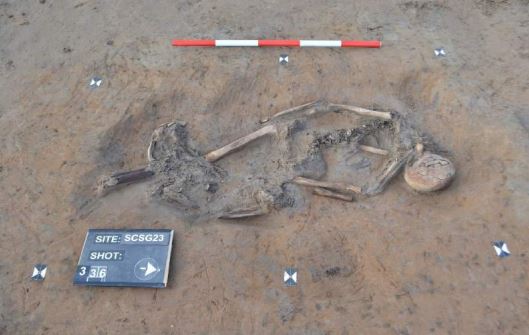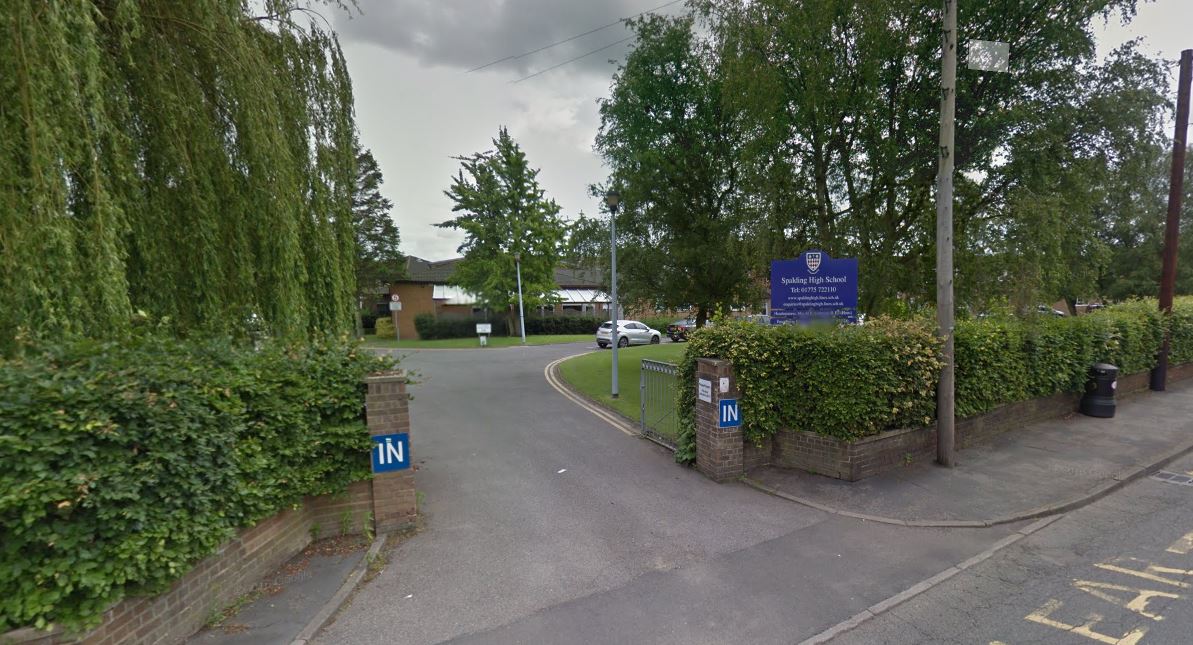Remnants of a settlement which is more than 2,000 years old, including ‘a small cemetery’, have been found at a site for new homes in Spalding Common.
Remains dating from the 1st century BCE to the fourth century ACE were excavated on the site of the former Millfield Nursery where Seagate Homes is set to develop.
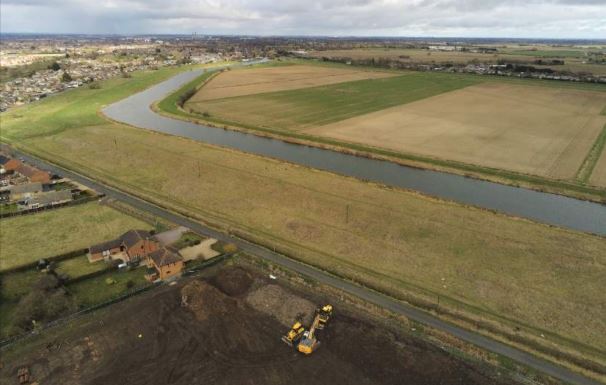
A condition of the planning permission for 135 homes was that an archaeological study be carried out.
Witham Archaeology found what they believe to be the remains of an area initially associated with an Iron Age salt farm that became a more regular farm during the Roman period housing a host of animals.
The most interesting find was the human remains of ‘at least three people’ in a ‘small cemetery’ at the western side of the site, the archaeologists’ report to South Holland District Council states.
One of the bodies recovered was that of a 45-year-old man who suffered with arthritis and a slipped disc, and who had previously had a fractured wrist.
The remains of another male aged 25 to 35 was also found and the arm bones of at least one other person, though the bones were ‘poorly preserved’.
“It is probable that the individuals had not been buried as part of a single event within the same grave,” said the report which speculated that the building of the nursery decades ago may have disturbed evidence.
Animal bone fragments including partial skeletons of a horse and dog as well as sheep, pig, chicken and duck bones were found.
The report says most of the animals were young and there was evidence of butchery while some bones had dog bite marks.
The site had numerous man made ditches and waterways.
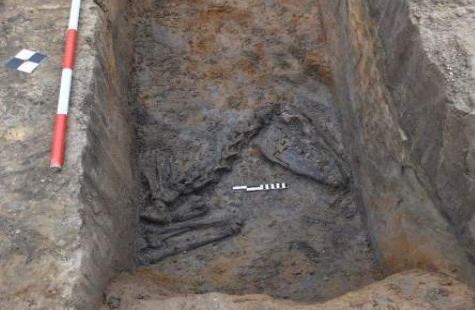
No buildings were found, but the report claims that evidence of post holes could have indicated timber buildings that would have predated the Romans who invaded Britain in 43AD.
Briquetage (an early form of potware) indicates that activity at the site may have commenced in the 1st century BCE, the report continues.
“Previous discoveries in the general locality suggest that Pre-Roman activity would not be entirely surprising, with remains of Iron Age salt making known from previous investigation at Tollbar Drove in Cowbit Wash around 1.9km to the southeast.
“Iron Age pottery, together with salt making debris, has also been recovered from a location at Clay Lake, 2.5km northeast of the site.”
Part of a Roman ‘quernstone’, a dish in which they ground grain, was also found.
“The overall trend of development within the area was reflected in the pottery assemblage, which indicated a surge of activity at the location in the 2nd century ACE, which abated considerably from the 3rd century,” says the report. “By the 4th century the artefactual record seems to suggest a low intensity of activity.
“A later Iron Age saltern was likely to have been located in the immediate vicinity of the site and it may have provided the initial foothold to prompt subsequent exploitation of the area.
“It appears the site may lie on the periphery of Roman settlement in the area south of present day Spalding, bordering an area of probable wetland fen to the west.
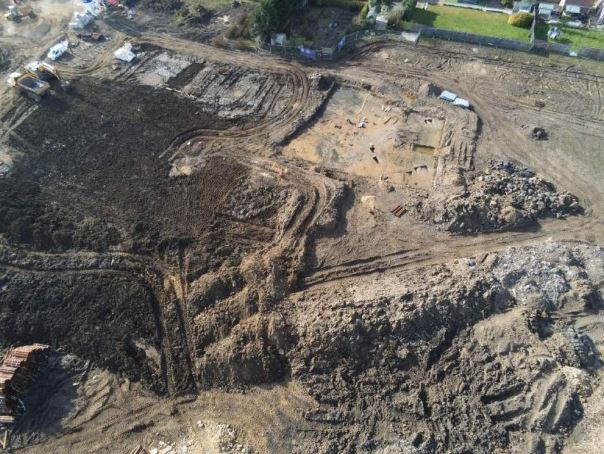
“The site was clearly wet and became wetter with time, perhaps already being untenable for occupation in the 4th century ACE.
“Prior to this deterioration in site conditions there was local occupation, with possible iron smithing, and perhaps a largely pastoral economy, although cereal crops were available to the site.
“There are traces suggesting that there may have been earlier Iron Age activity on the site, particularly two horn cores of small Celtic shorthorn cattle type unlikely to be found on a 2nd or 3rd century Roman site.”
One of the archeologists who took part in the dig was Witham Archeology director Russell Trimble.
“It was quite a complex site and very interesting,” he said. “Regionally it adds to the picture of the situation in the area.
“It’s typical of the early phase of salt activity that gets established and there’s further occupation on the site.
“We didn’t find any conclusive evidence of structures but the post holes provide strong evidence there was a timber construction there.”
Mr Trimble stated it is likely the human remains and artefacts would go to the museum at Lincoln.
South Holland District Council has listed the planning condition as passed and the findings are not set to stop the development going ahead.
